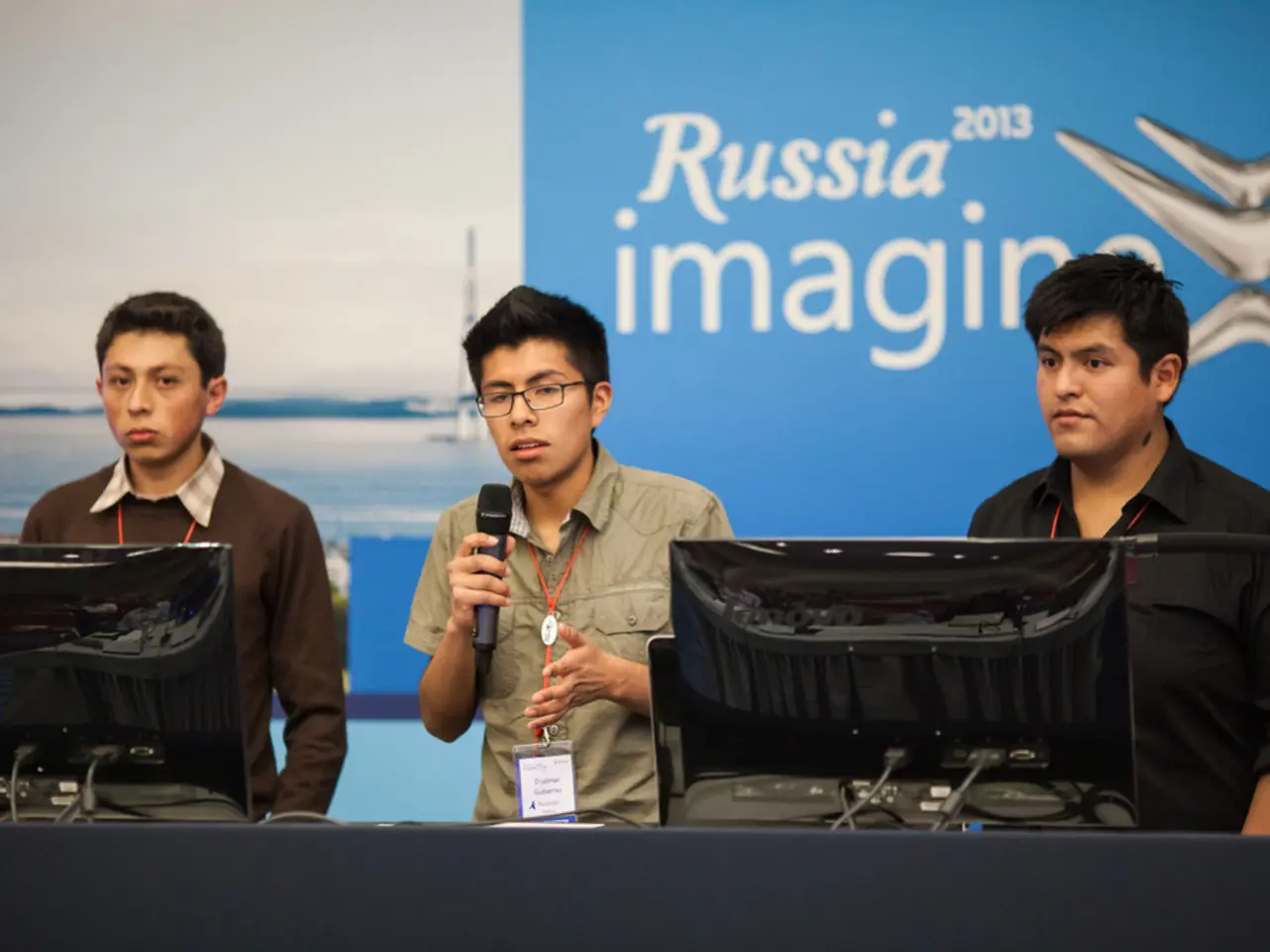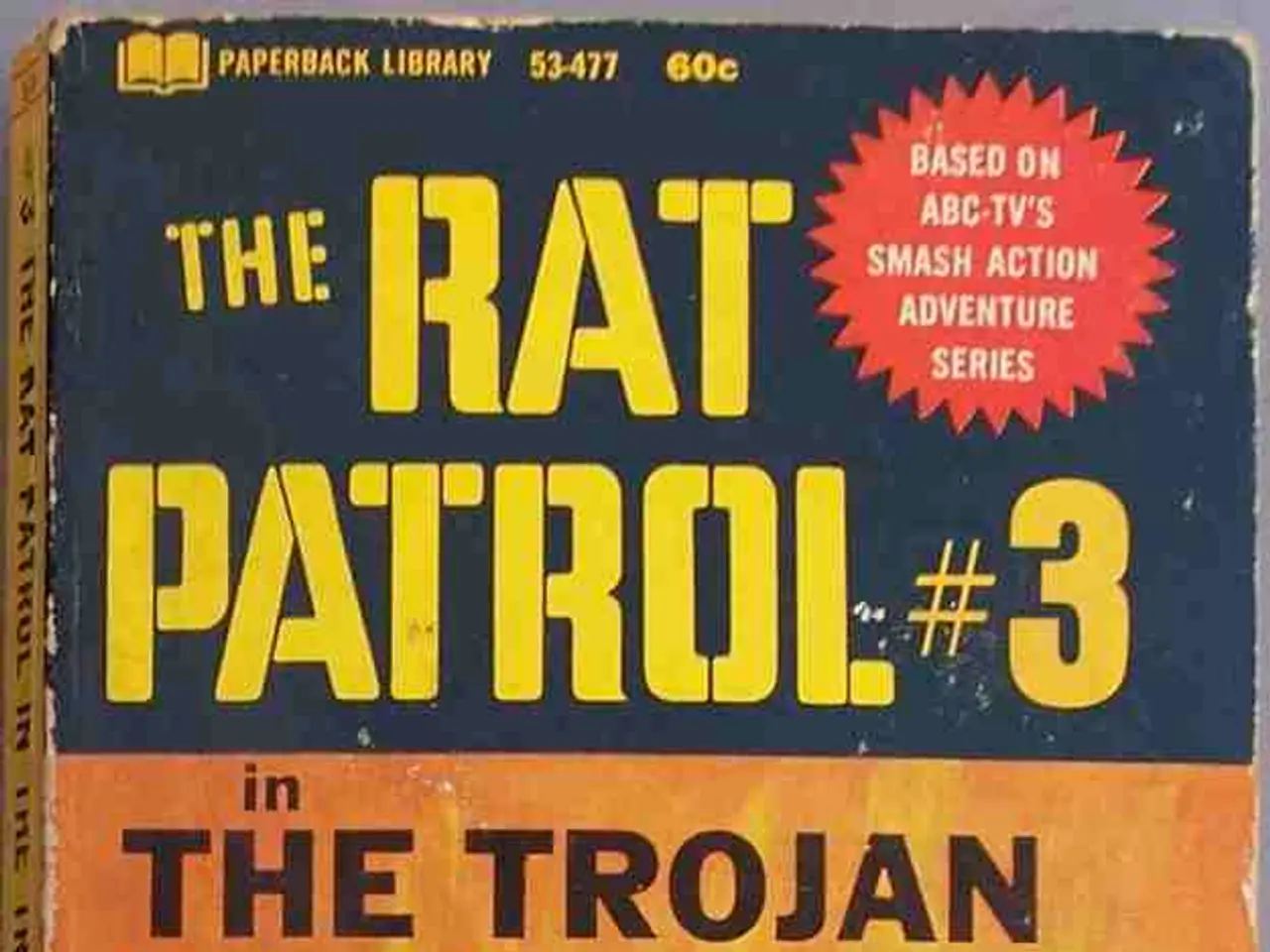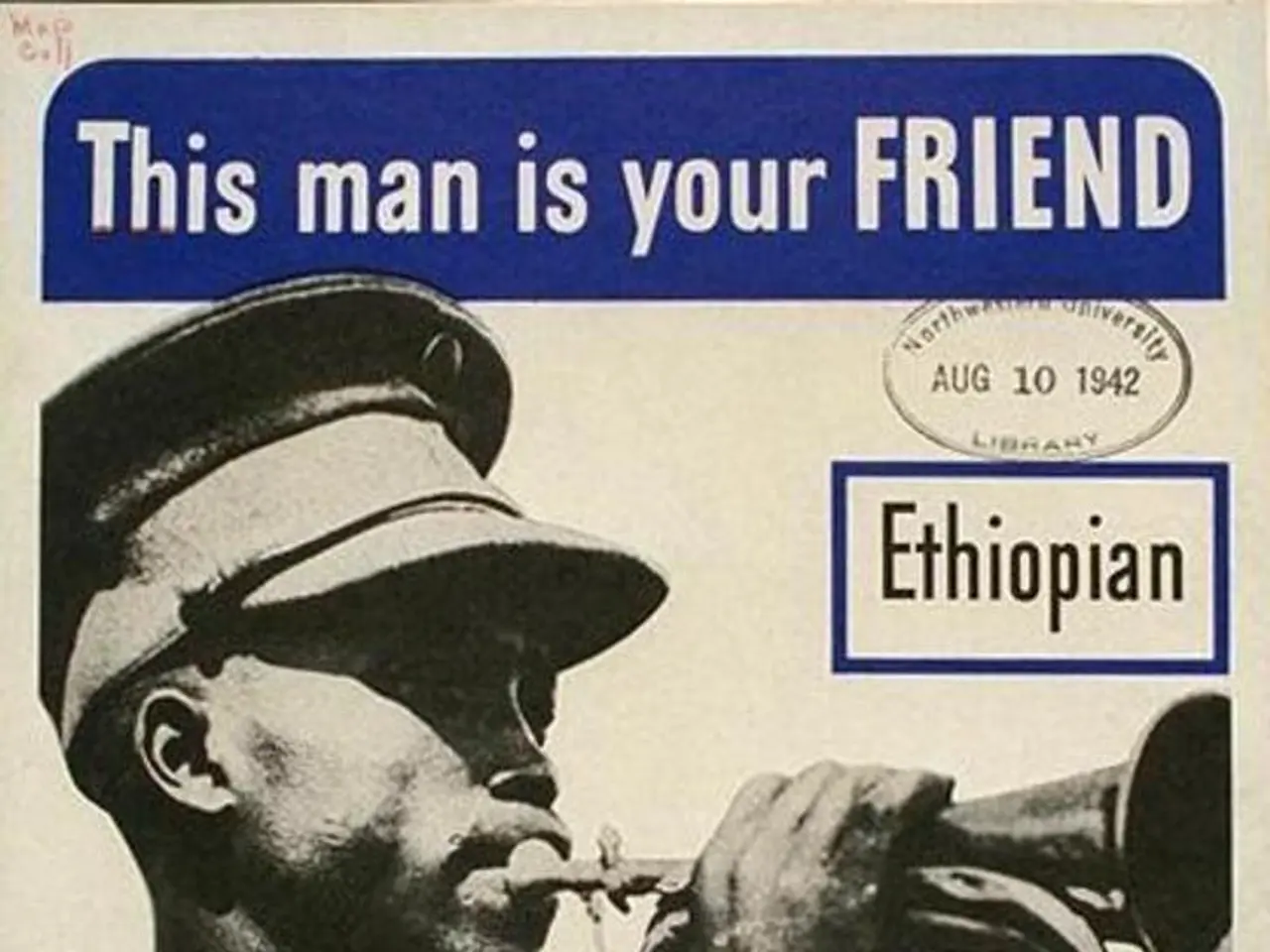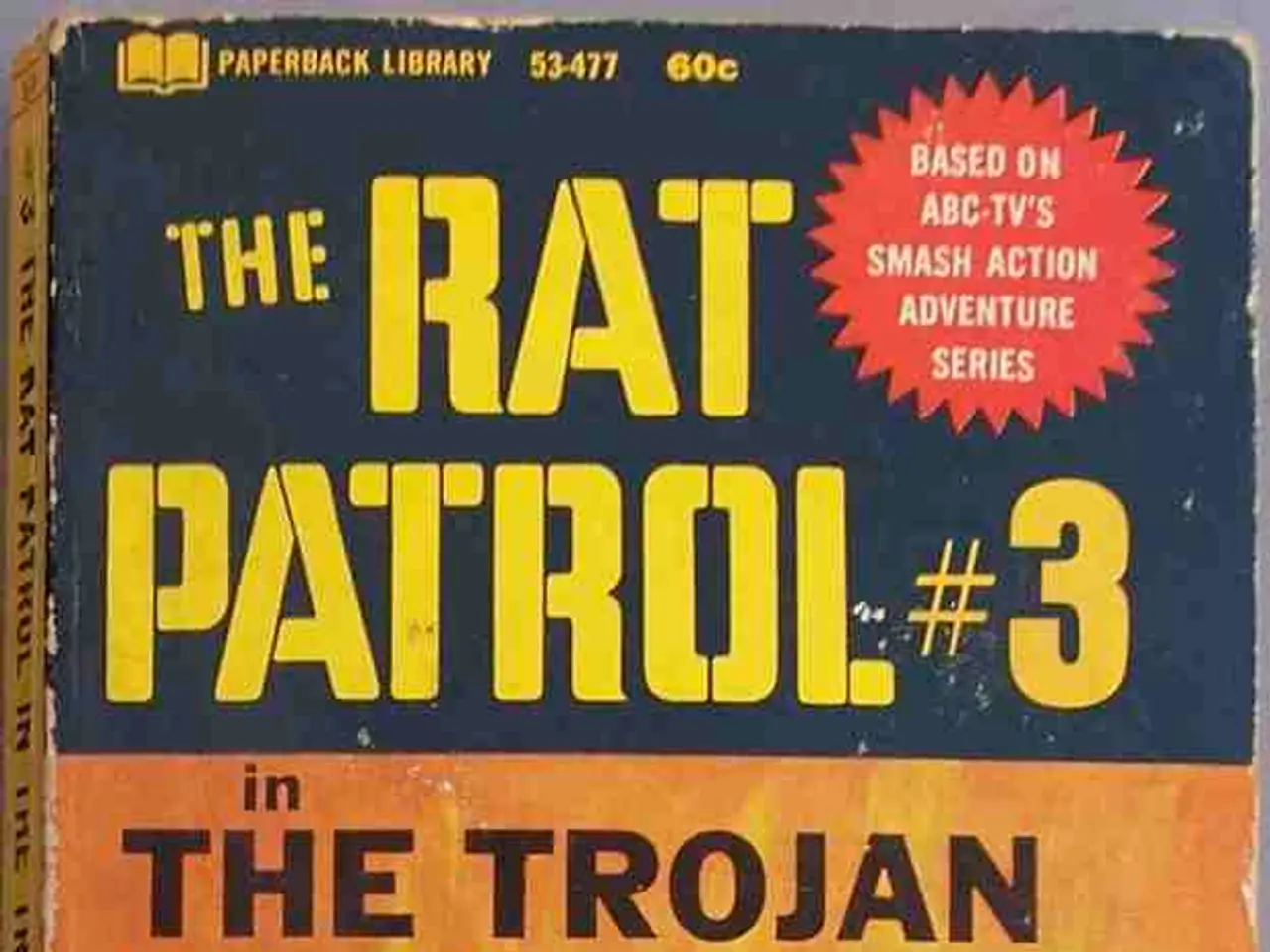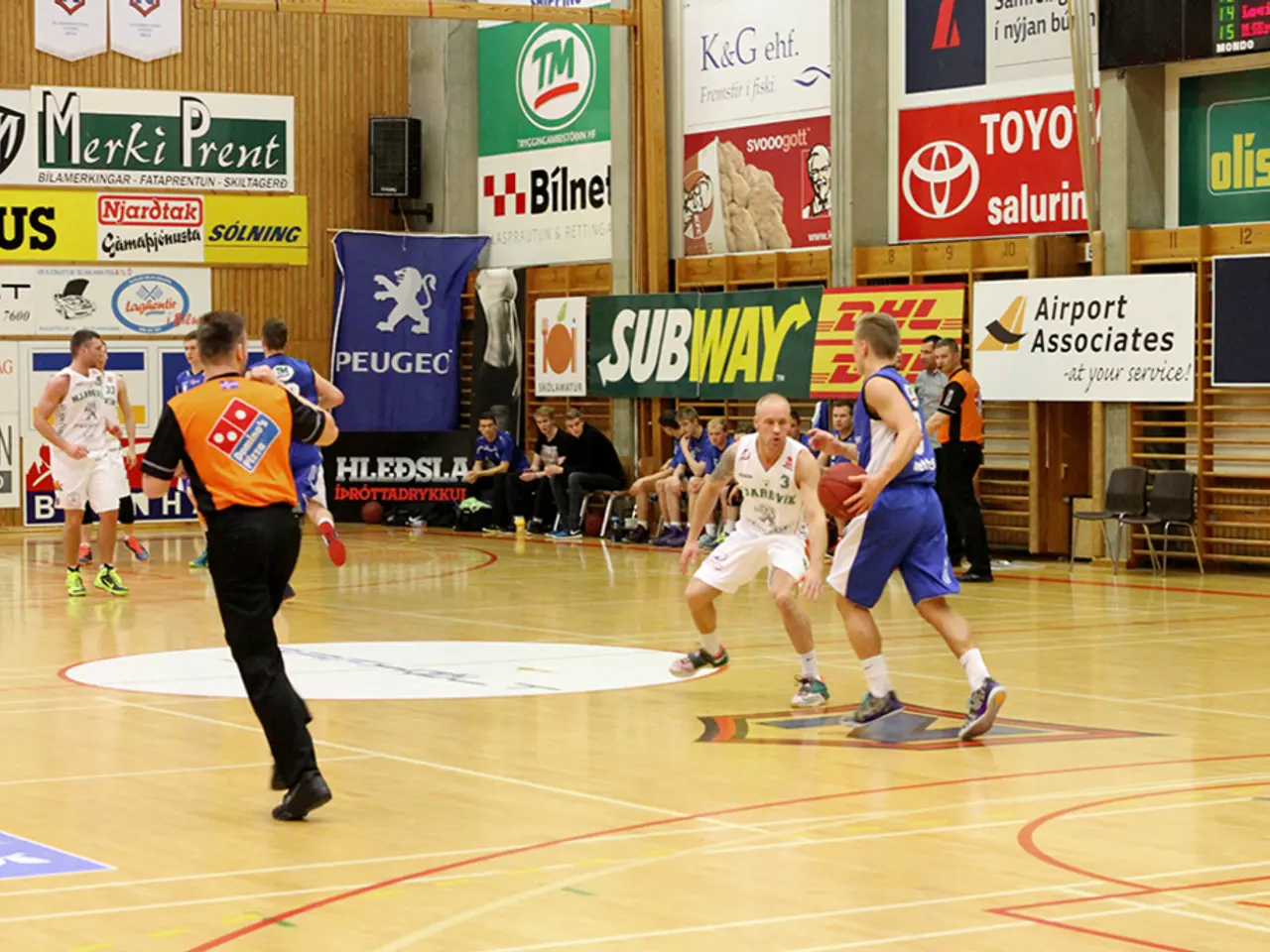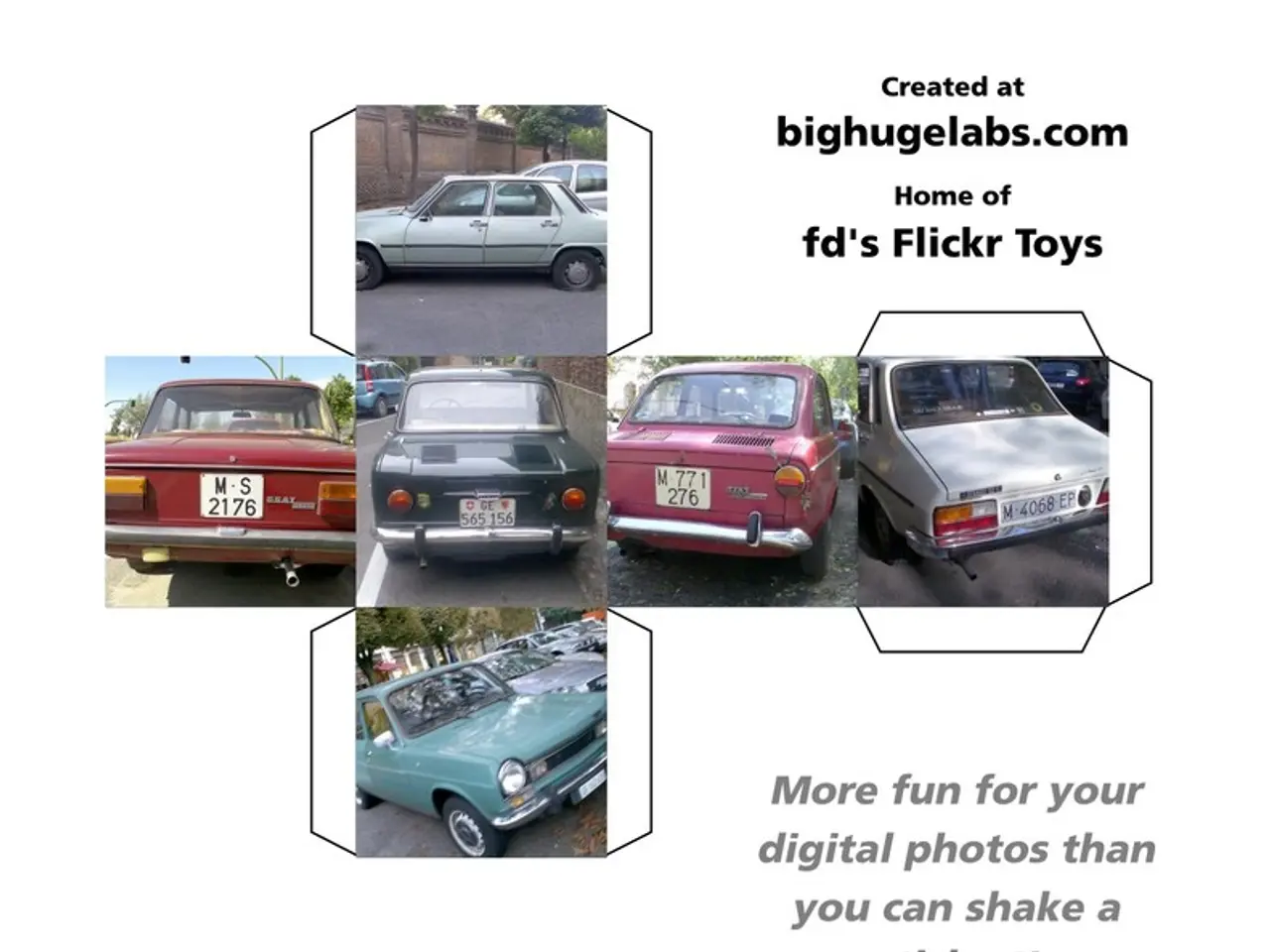Trump reverses stance on Kiev, aligning support – anticipates potential perils
In a significant diplomatic move, the Trump administration has announced a new approach to providing military aid to Ukraine, aiming to sustain Ukrainian defense efforts while adjusting the level of direct American involvement. This strategy involves selling weapons to NATO allies in Europe, who will then transfer them to Ukraine, thereby reinforcing NATO's role as a central intermediary.
This indirect arms supply model is designed to encourage European NATO members to increase their defense spending and take a more active role in supporting Ukraine. The policy shift comes as the military aid approved under former President Joe Biden is set to expire this summer.
In response to this new approach, NATO Secretary-General Mark Rutte announced that Ukraine will soon receive "enormous amounts of military equipment," including air defense, rockets, ammunition, and more. Rutte and Trump demonstrated their unity at their meeting, joking with each other and interrupting each other to pay compliments.
The US has threatened Russia with severe economic measures, including the imposition of "very severe, 100% tariffs" and secondary sanctions on countries supporting Russia’s economy, if a peace agreement is not reached within 50 days. These threats are intended to pressure Russia into negotiations, though it remains unclear how effective such measures will be.
Trump has had four unsuccessful attempts to negotiate a deal with Russian President Vladimir Putin regarding the war in Ukraine. However, Trump's policy shift regarding the Ukraine conflict had been hinted at, as he had long been dissatisfied with his dynamic with Putin.
The first of the expected packages of weapons and ammunition is expected to be sent within days. Trump expressed his admiration for the European commitment to the war in Ukraine, with Melania Trump reportedly playing a role in Trump's change of heart regarding the conflict.
Criticism from the anti-war camp in the US is likely to be limited as Washington isn't paying for the weapons deliveries - Europe is. This shift in strategy could have long-term implications for NATO cohesion and European defense autonomy, as it reinforces the alliance’s central role in European security and pushes for a more balanced burden-sharing arrangement.
Despite the new approach, the conflict's resolution remains uncertain, with Russia's core demands—lifting of sanctions, no NATO membership for Ukraine, and recognition of annexed territories—remaining unchanged. The Kremlin has not shown flexibility, and the conflict's resolution remains uncertain.
- The European Union, in alignment with its policy-and-legislation against war-and-conflicts and politics, has demonstrated its commitment to the fight against terrorism by pledging support to Ukraine in the form of military equipment, following the Trump administration's new approach.
- The unexpected packages of weapons and ammunition, which are expected to be sent within days, indicate a potential shift in Europe's role in general-news involving war-and-conflicts, as it moves towards increased defense autonomy and cohesion within the NATO alliance.
